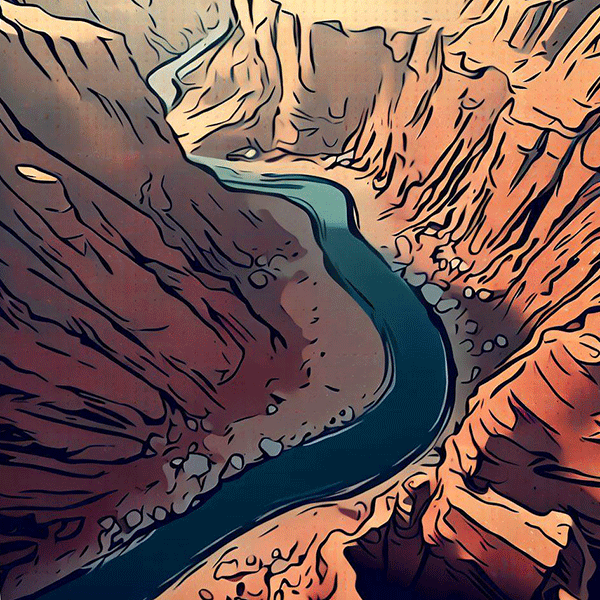What is Erosion?
Imagine Earth as a giant sandbox. Now, think of erosion as the busy little toy truck that moves sand from one spot to another. Just like how weathering breaks down rocks and minerals, erosion takes these broken pieces and moves them to new places. This can happen because of wind, water, ice, or even just gravity pulling things downhill.
The Four Big Movers of Erosion
There are four main ways that erosion moves stuff around:
- Water Erosion: This is the biggest mover of all. When it rains, or when rivers and streams flow, they pick up bits of soil and rock and carry them away. Over time, this can carve out valleys and canyons, like a sculptor creating a work of art.
- Wind Erosion: In dry areas, like deserts, wind can pick up small bits of dust or sand and blow them around. This can create big piles of sand called dunes.
- Ice Erosion: Imagine a giant, slow-moving river of ice called a glacier. As it slides over the land, it picks up rocks and soil. When the glacier melts, it leaves these materials in new places.
- Gravity Erosion: Also known as mass wasting, this happens when gravity pulls rocks and soil down a slope. This can happen slowly over time, or very quickly in a landslide.
Why Should We Care About Erosion?
Erosion is like Earth’s decorator, shaping the way our planet looks:
- Creating Landforms: Many of the shapes we see in nature, like valleys, canyons, and beaches, are made by erosion.
- Moving Soil Around: Erosion spreads soil to different areas, which is important because plants need soil to grow.
- Moving Nutrients Around: Erosion also moves nutrients from one place to another, helping plants grow in new areas.
So, next time you see a hill, a river, or even a pile of soil, remember the busy little toy truck of erosion that helped to make it!
